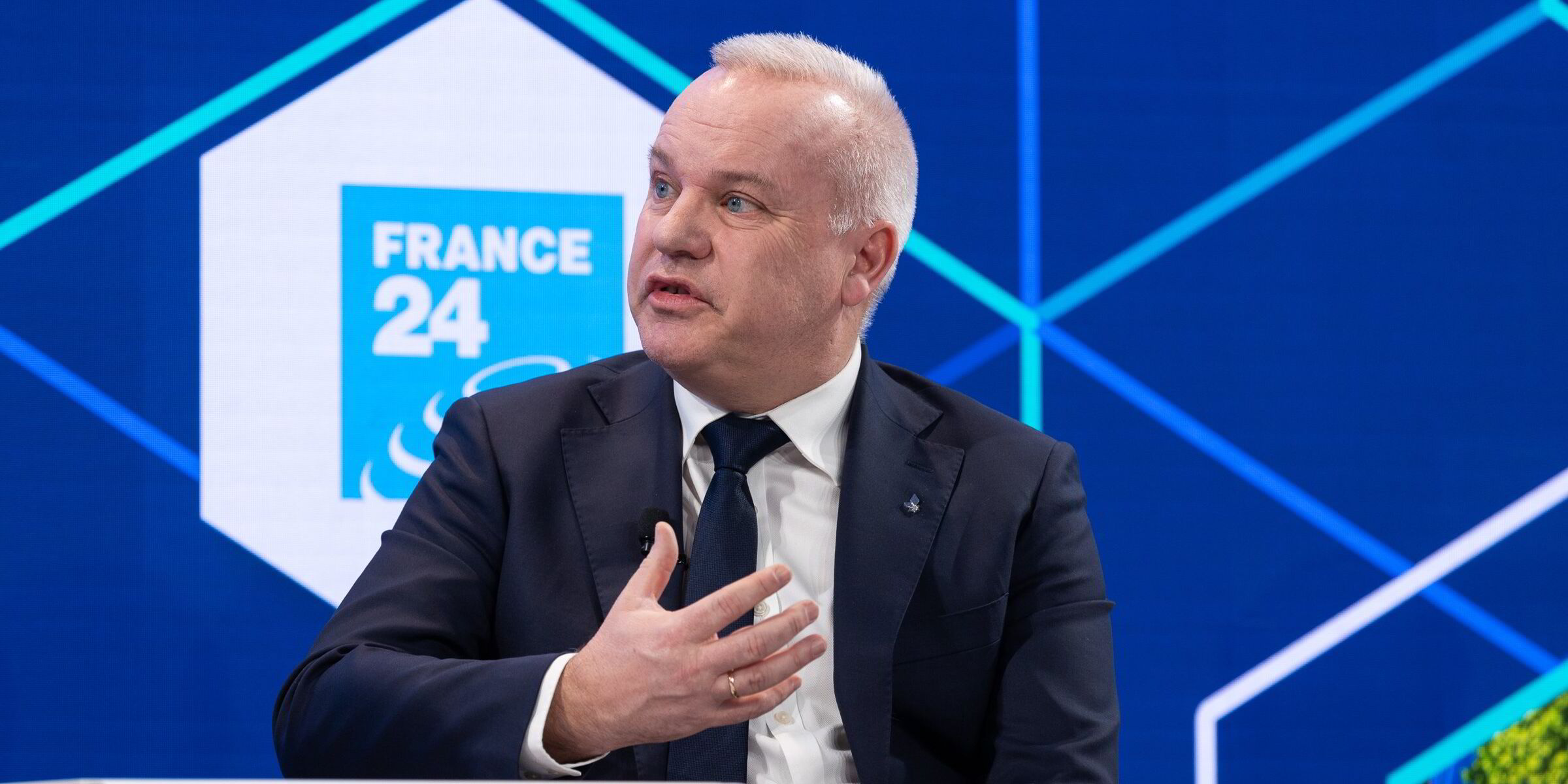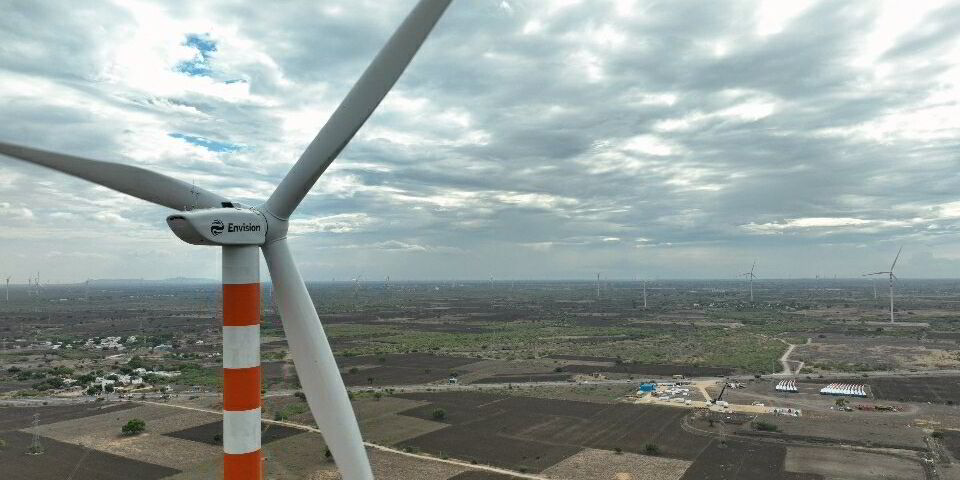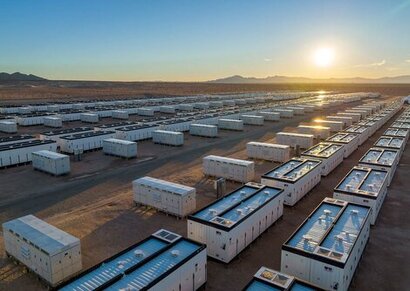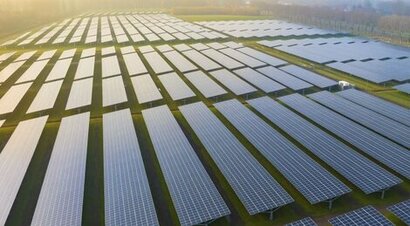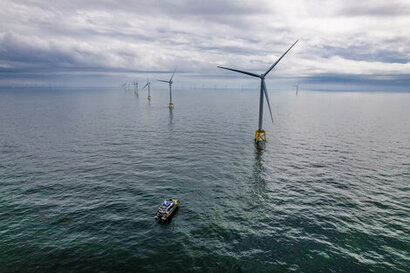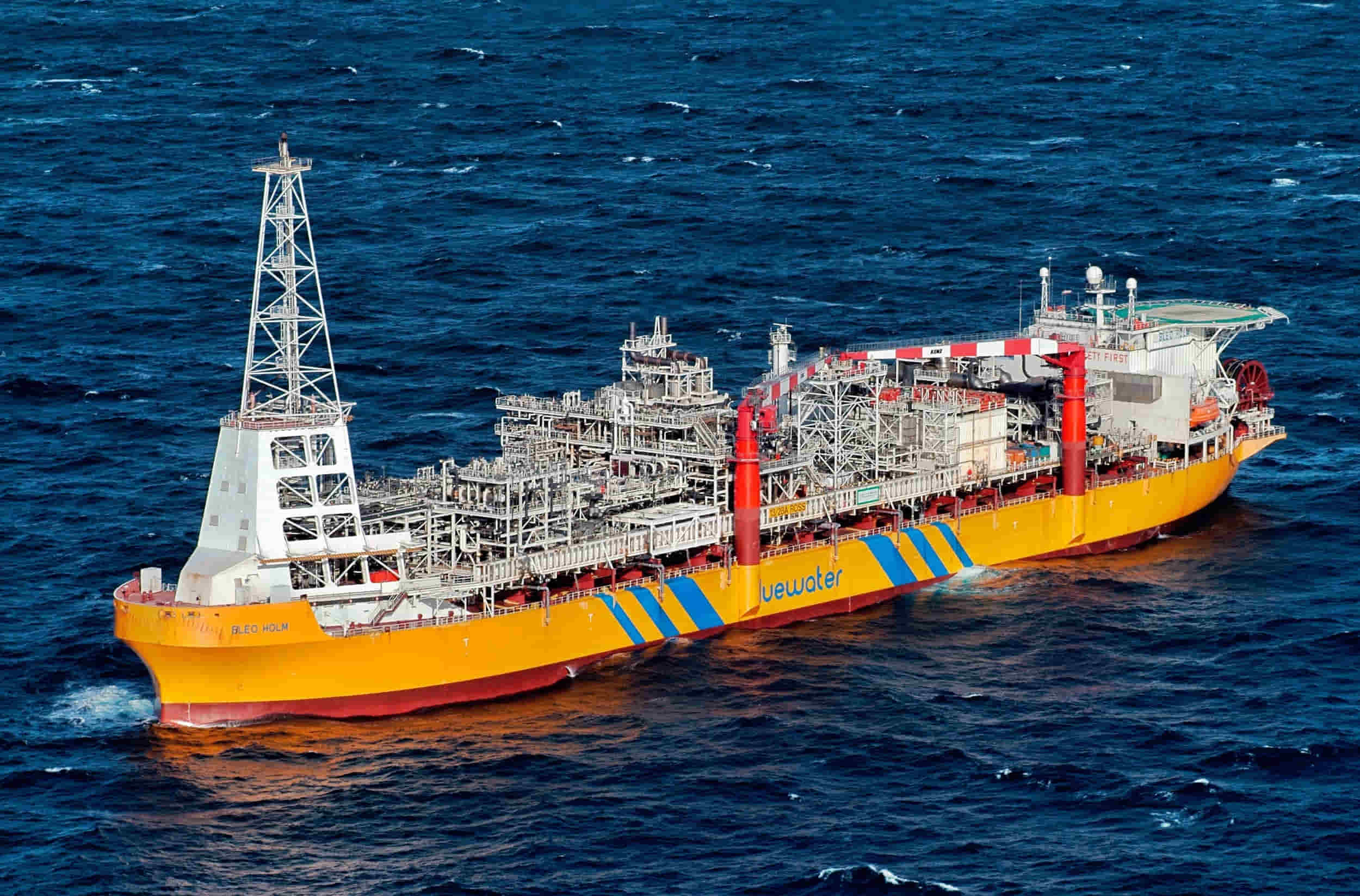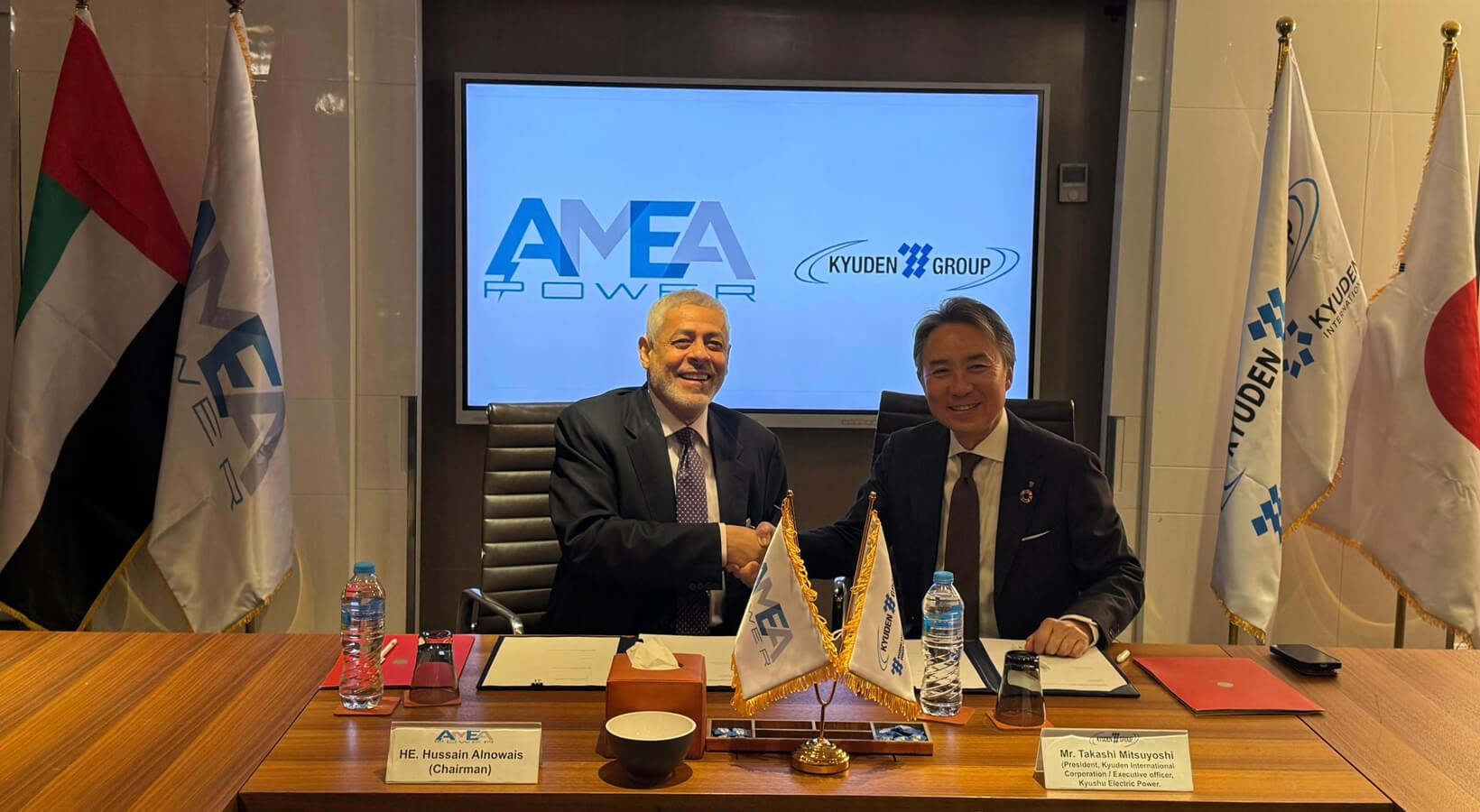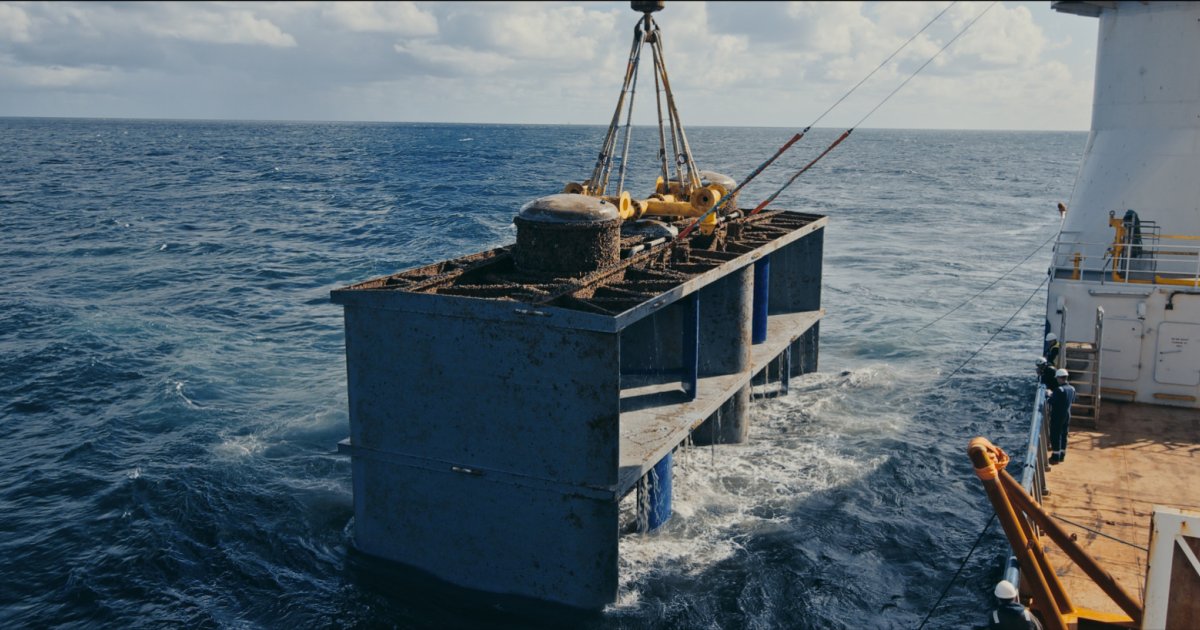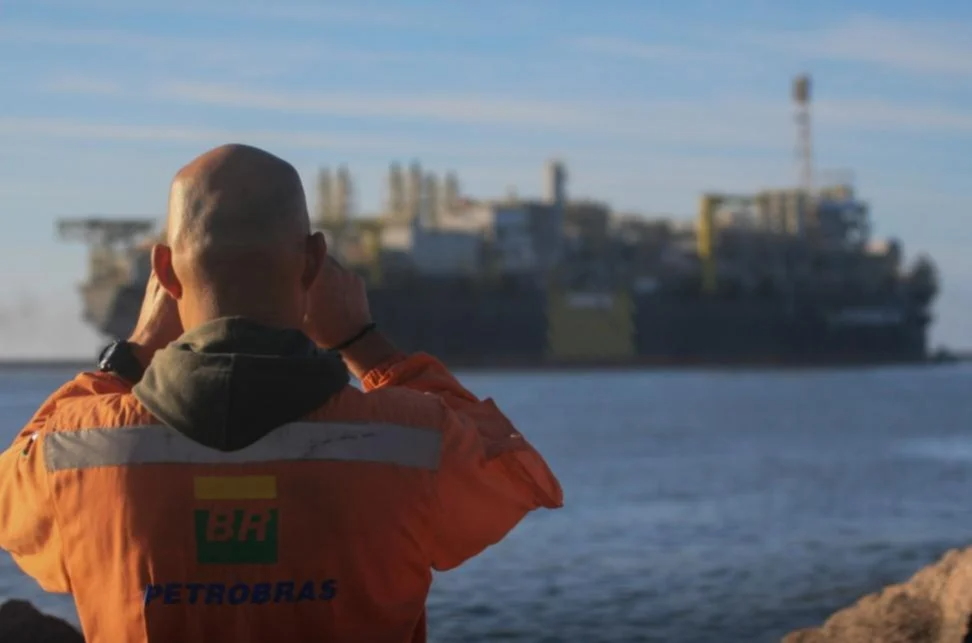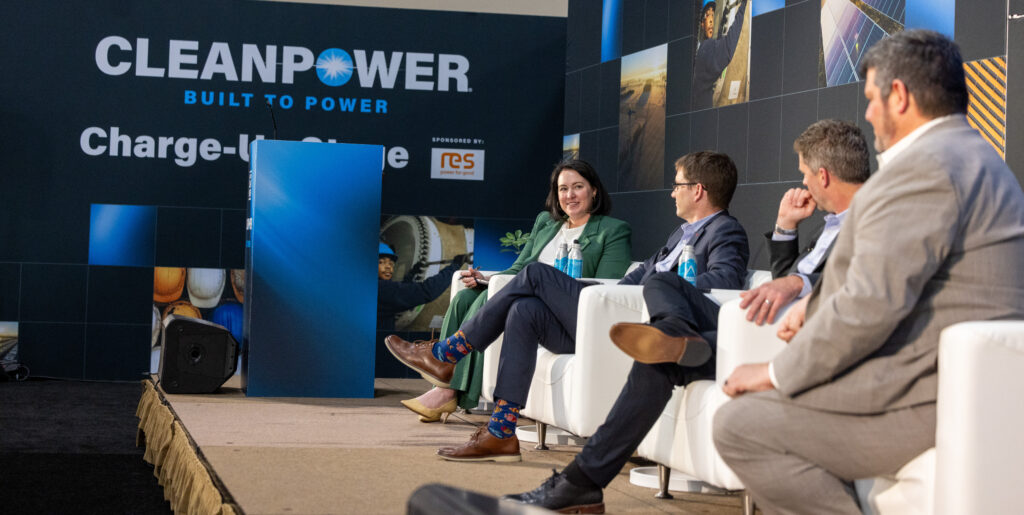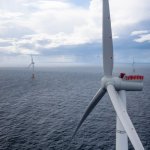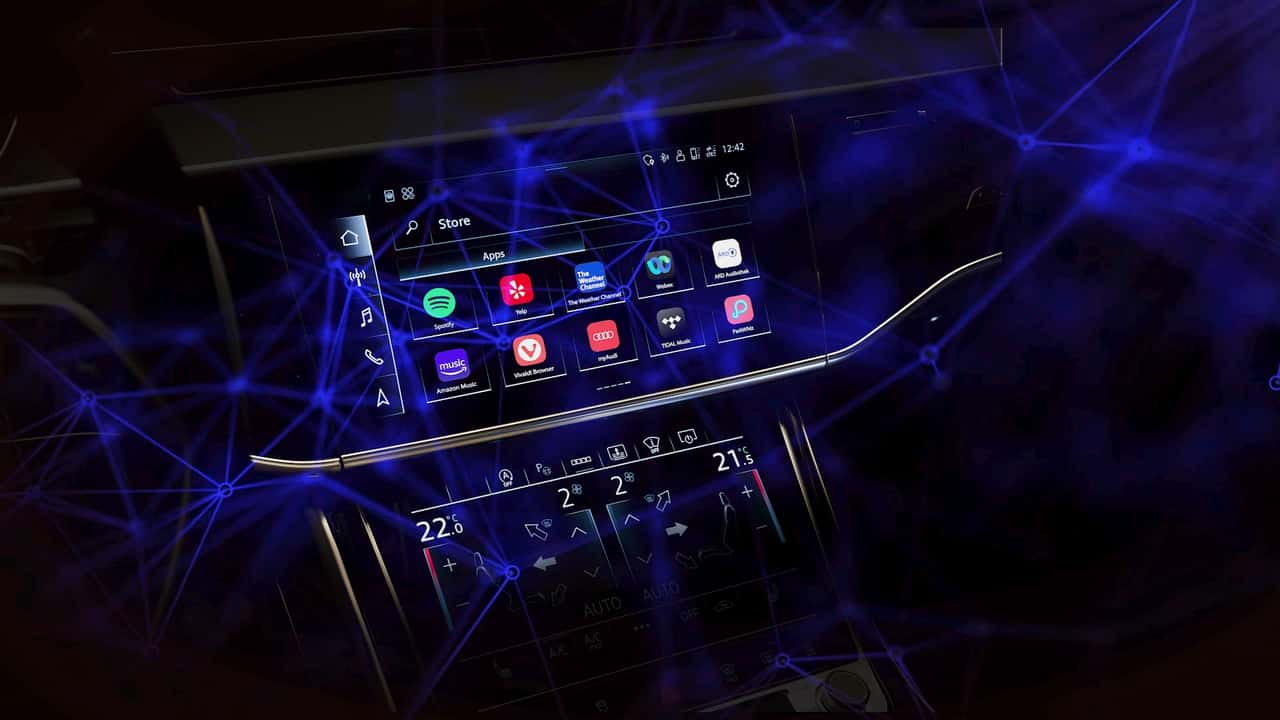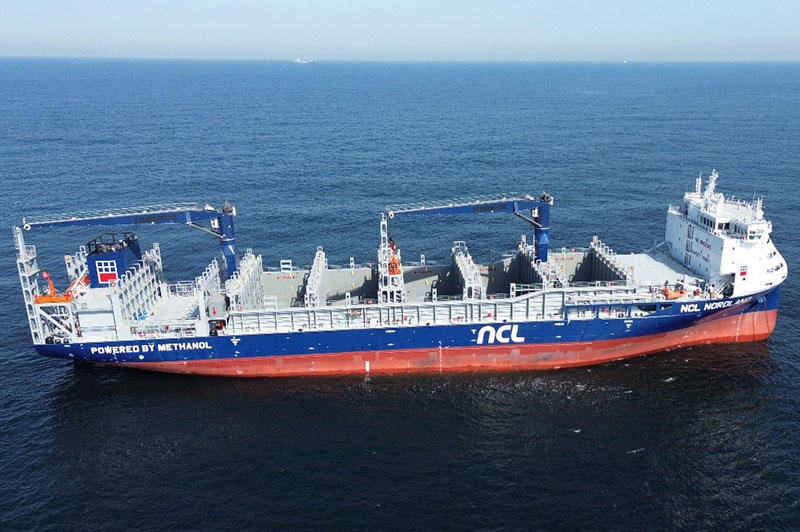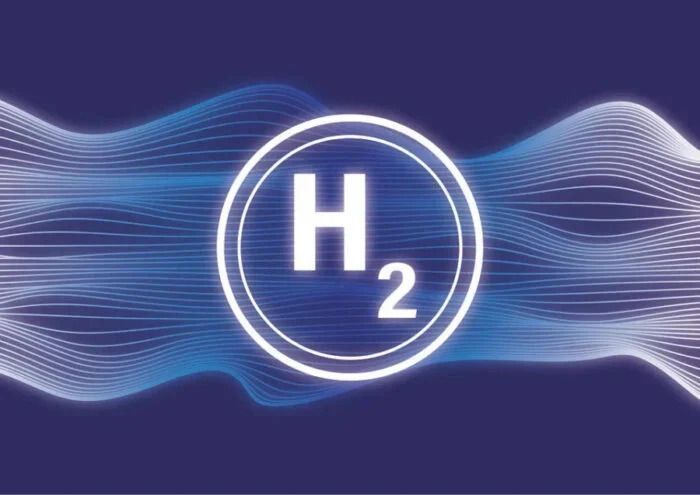Wärtsilä’s 4-stroke ammonia engine shows significant emissions reduction
Finland-headed international technology group Wärtsilä Oyj has announced that its 4-stroke engine-based solution for ammonia fuel now delivers higher-than-ever levels of efficiency and performance. The latest results, assessed against the FuelEU Maritime reference and measured on both a Well-to-Wake and Tank-to-Wake basis, show that a 95 percent ammonia energy share now achieves up to a 90 percent reduction in greenhouse gas emissions compared to equivalent diesel engines.

Ammonia has emerged as a promising alternative fuel as the shipping industry looks for more sustainable fuel options. With global regulations having set a clear destination for shipping – net-zero emissions by mid-century – ammonia will play a significant role in enabling the shipping industry to reduce its emissions.
A recent report from Wärtsilä highlights the role that sustainable fuels will play in achieving this target, which is set by the International Maritime Organization (IMO).
According to the report, existing decarbonisation solutions, such as fuel efficiency measures, can cut shipping emissions by up to 27 percent; however, sustainable fuels, such as ammonia, will be a critical step in eliminating the remaining 73 percent.
Extensive testing to optimise performance
Following its introduction by Wärtsilä to the commercial marine sector in November 2023, its ammonia engine solution has undergone extensive testing to optimise its performance parameters.
The latest results, assessed against the FuelEU Maritime reference and measured on both a Well-to-Wake and Tank-to-Wake basis, show that a 95 percent ammonia energy share now achieves up to a 90 percent reduction in greenhouse gas (GHG) emissions compared to equivalent diesel engines.
This represents a further 18 percent improvement on the solution’s emissions performance.
The Wärtsilä 25 ammonia engine, which is available as part of the Wärtsilä 25 engine platform, was developed based on the company’s vast safety and operational experience gained from low-pressure dual-fuel (DF) engines running on liquefied natural gas (LNG).
The recent tests have shown ammonia to be a suitable fuel for the low-pressure Otto cycle concept, which is the design that Wärtsilä has utilised for its ammonia engine solution.
The decision to opt for a low-pressure Otto cycle concept was based on several factors, including safety, efficiency, and overall potential for GHG reduction, among several other parameters.
Comprehensive tests conducted on different engine sizes have shown that the efficiency of the low-pressure Otto cycle concept is consistent with, and equal to, that of dual-fuel LNG engines.
Ammonia is also highly knock-resistant, with robust combustion capabilities across a wide range of engine settings.
With decarbonisation front and centre of our company strategy, we have continued to enhance the capabilities of our ammonia engine solution, adding even more safety features and further improving its performance. This is in line with our commitment to “continuous improvement”, whereby we continue to develop, test, and enhance new and current technologies and solutions that will support the industry in making meaningful reductions in greenhouse gas emissions. For our ammonia engine, we opted for the low-pressure Otto cycle concept as we are confident this will deliver the best levels of safety, efficiency, and reliability for our customers, commented Stefan Nysjö, VP of Power Supply, Wärtsilä Marine.
The enhancements made to the Wärtsilä 25 ammonia engine’s performance benefit the entire ammonia solution, which comprises an AmmoniaPac fuel gas supply system, the Wärtsilä Ammonia Release Mitigation System (WARMS), and the Wärtsilä NOx Reducer (NOR) for optimal exhaust after-treatment.
Safety, efficiency, and reliability are central to the solution design, maximised by a highly sophisticated automation system and maintenance agreement to ensure safe and efficient onboard operations.
Alongside future engine orders, the enhanced performance will also be integrated into engines already contracted, as first deliveries are due to take place from 2026 onwards.
What's Your Reaction?








